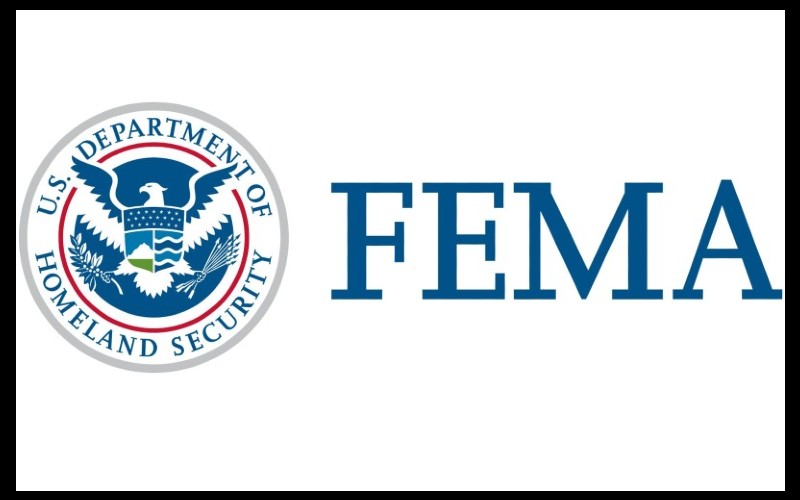After vowing to end the conflict on the campaign trail, President Trump made big – and controversial – steps this week to make that happen. He talked Wednesday to the presidents of Russia and Ukraine in separate phone calls, first to Vladimir Putin and then to Volodymyr Zelensky, in a diplomatic effort to bring them together to bring an end to the war.
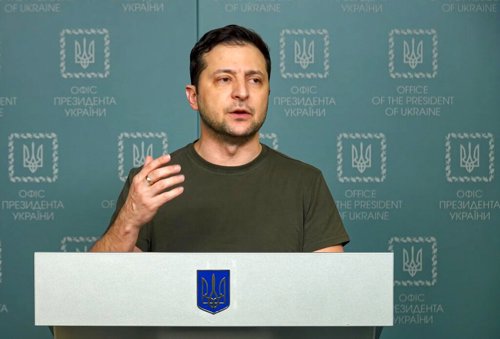 “I think we're on the way to getting peace,” Trump told reporters at the White House. “I think President Putin wants peace and President Zelensky wants peace, and I want peace. I just want to see people stop getting killed."
“I think we're on the way to getting peace,” Trump told reporters at the White House. “I think President Putin wants peace and President Zelensky wants peace, and I want peace. I just want to see people stop getting killed."
Trump’s phone calls were made on the same day Pete Hegseth, the new defense secretary, announced U.S. policy for ending the war. Hegseth was in Belgium at a meeting of the Ukraine Defense Contact Group. That group, which represents 57 countries that support Ukraine, was told by Hegseth the United States opposes Ukraine membership in NATO. He also said the U.S. also believes Ukraine will not get back its lost territories in any resolution to the war.
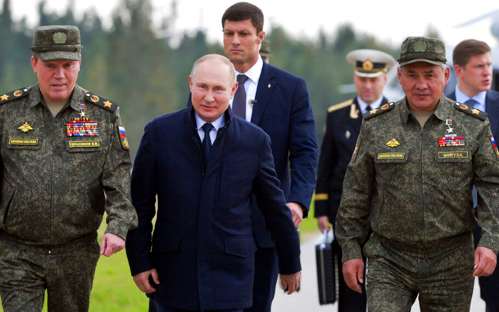 Hegseth called both NATO membership and Ukraine regaining Russia-controlled territory “unrealistic” in his speech to the Contact Group.
Hegseth called both NATO membership and Ukraine regaining Russia-controlled territory “unrealistic” in his speech to the Contact Group.
The new secretary of defense also informed the Europeans a future peacekeeping force would be entirely made up of European troops, not U.S. troops.
Russian’s invasion of Ukraine will hit the three-year mark in days, on February 24, which is when Putin’s blitzkrieg-like invasion reached the suburbs around Kyiv. Russia's poor military was pushed back, however, and the war turned into a slow, grinding fight for villages and cities that are now in ruins from shelling and street fighting.
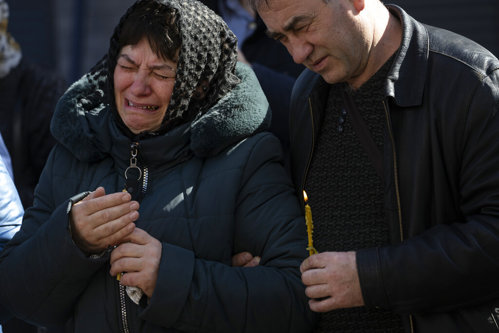 An estimated number of casualties from both sides is easy to find online, such as Russia suffering 600,000 military casualties compared to 400,000 for Ukraine. An accurate figure is more difficult, however, due to propaganda from Russia and Ukraine and because of the political nature of the war.
An estimated number of casualties from both sides is easy to find online, such as Russia suffering 600,000 military casualties compared to 400,000 for Ukraine. An accurate figure is more difficult, however, due to propaganda from Russia and Ukraine and because of the political nature of the war.
Asked by AFN about reliable casualty figures, military analyst Bob Maginnis agreed propaganda from both Ukraine and Russia makes their own figures doubtful. The most reliable casualty figures are probably known by NATO, he said, but those are likely classified.
Russia’s conflict with Ukraine dates back to 2014, when Russia-backed fighters seized territory in the Donetsk and Luhansk regions.
According to a BBC story, Russia’s military now controls about 20% of Eastern Ukraine, which is the territory Hegseth was referring to in his speech.
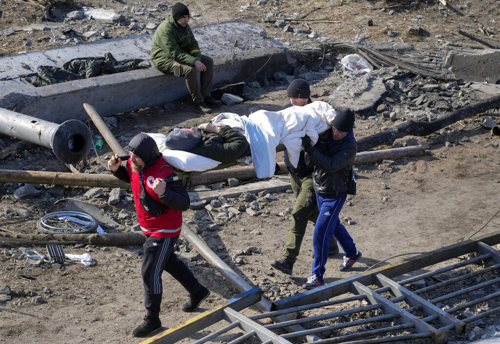 Despite being pushed back, Ukraine launched a surprise attack in late summer that pushed into Russia’s own Kursk region. Some of that territory could be returned to Russia in a land swap deal, the BBC story said.
Despite being pushed back, Ukraine launched a surprise attack in late summer that pushed into Russia’s own Kursk region. Some of that territory could be returned to Russia in a land swap deal, the BBC story said.
In an appearance this week on Fox News, Maginnis said Russia and Ukraine are on a “pathway to some sort of resolution” for ending the war.
“And I'm fully sympathetic with what the President has said,” Maginnis continued. “We need to stop the killing and, of course, the waste of so much of our own resources. We need to divert that against our real enemies, and that's the Chinese."
Later, in an interview with AFN, Maginnis said Hegseth was being realistic by pointing out what is "unrealistic" about ending the war. Allowing Ukraine to join NATO, for example, is a non-starter.
"That's a red line for Putin," Maginnis said.



